
How to Write Better Product Descriptions: Are Your Product Descriptions Missing These 3 Crucial Ingredients?
Have you ever heard about “Green Eggs and Ham”? According to Publishers Weekly, it’s the fourth best-selling English-language children’s book of all time. What’s fascinating about this book is its peculiar length. The text consists of merely 800 words, which is way less than what you’ll find in most articles online.
“How could an 800-word book become a best-seller,” you ask? The answer is simple: Children don’t like to read. They only want to hear a good story, and they don’t care if that story has 30,000 words or just 800 words. If you can entertain them, they will like it. Period.
Dr. Seuss — the “Green Eggs and Ham” author — was aware of that. He knew his audience better than anybody else. That’s why he sold over 600 million copies of his books all around the globe.
“Interesting,” you might think, “but what does all this have to do with writing a good product description?” Well, pretty much everything. Let me explain:
Contrary to popular belief, copywriting has little or nothing to do with creativity or “writing well.” If you want to write compelling product descriptions and pages, you only need one thing: A profound and accurate understanding of your audience’s needs and desires. That’s it.
The moment you understand your prospects — and understand them well enough to describe what they want or need better than they can — copywriting will become a piece of cake.
In this blog post, I’ll guide you through a simple 3-step process to find the core desires of your market, and show you how to use that information to create hypnotic descriptions for your products. But first, let me ask you a question:
What’s the Primary Purpose of a Product Description?
The right answer is “selling,” of course. But how do you sell a product?
Even though we call them “product descriptions,” the true goal is not to describe your product, but to define your market. What do these people want? What’s their primary goal? And how will your product help them achieve that goal?
In short, your product description must mirror your audience’s thoughts and desires. “With audiences in complete control of what, why, how, and when they consume online, a strategy that reflects them is essential. Otherwise, you’re just shooting in the dark,” writes Matthew Chase, a digital marketing strategist.
Sure, Matthew was referring to content, but the principle applies to any area of marketing — including copywriting. You need to build a bridge between your market’s core desires and your product and to build that bridge, you need to use three key ingredients:
Product Description Ingredient #1: The Mass Desire That Creates Your Market
Let me start by defining “mass desire:” According to the late Eugene Schwartz — one of the greatest advertising men of all time — a mass desire is the public spread of a private want (Breakthrough Advertising, 1966, Chapter 1, p. 4). It’s the moment when that private want is shared by a statistically significant number of people — large enough to profitably sell to them — that a market is born.
Now, before writing a single word of your product description, you need to find the mass desire (or desires) that create your market. This will help you find the right angle for your description.
Take the weight loss industry, for example. If you analyze this particular market, you’ll find it was created based on two primary desires:
- The desire of being attractive
- The desire of living a longer, healthier life
If you were to write a product description for a weight loss product — like a protein shake — you’d need to appeal to such desires. Just take a look at the following example from GNC:
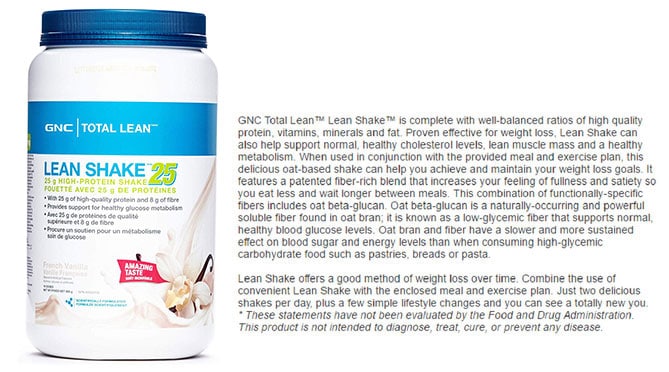
As you can see, GNC uses phrases like “maintain your weight loss goals,” “help support normal, healthy cholesterol levels,” and “healthy metabolism,” because they know people who buy weight loss shakes feel attracted to these things.
Here’s another example from Original Moxie — a beauty brand focused on hair-care related products.
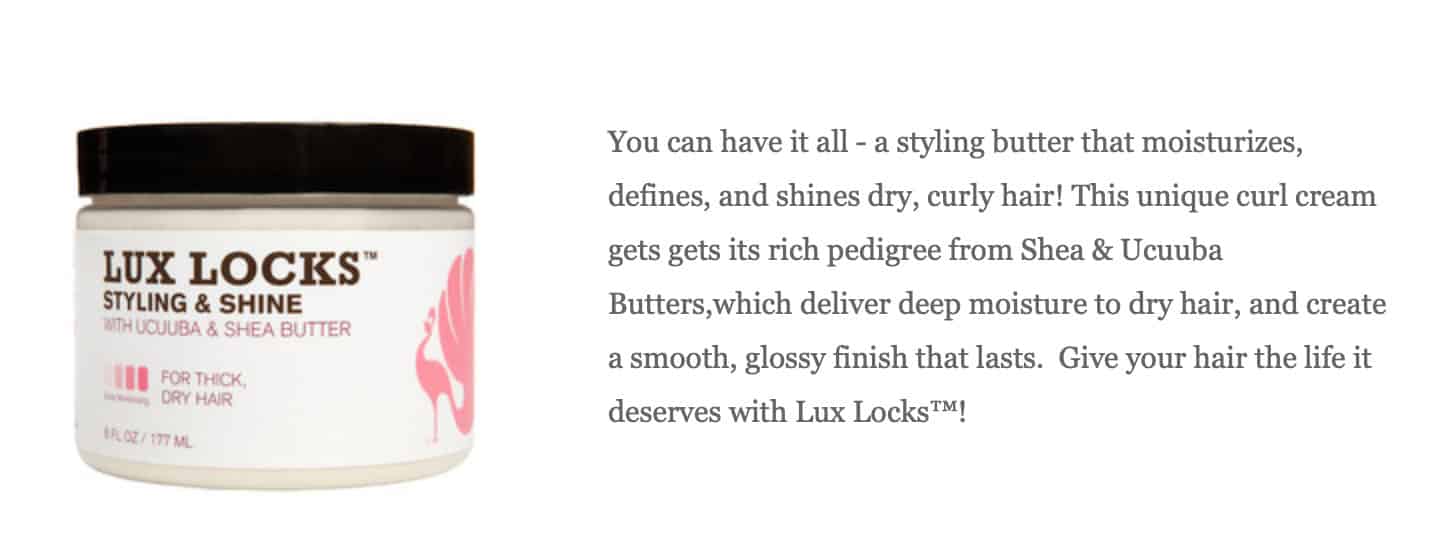
This company did brilliant work, too. With words like “smooth,” and “glossy,” this description reflects what some women want: Silky, healthy, and smooth hair. Original Moxie also included the ingredients that make it possible (vitamins and omega fatty acids), which increases the credibility of the product.
The bottom line? Every market wants to fulfill different desires, dreams, and goals. Your task, as a marketer, is to find these elements and write a description that matches them.
How do you find them? Marketing writer Deborah Farese has put together a step-by-step guide on how to conduct market research. It will put you on the right path to understanding your market.
But I want to clarify, the fact that you know your market’s core desires doesn’t guarantee you’ll write a compelling product description. Why? Because there’s way too much competition out there.
To stand out, you need to discover two more things:
- Your market’s state of awareness
- Your market’s state of sophistication
In 1966, Eugene Schwartz introduced these terms in chapters two and three of the copywriting classic “Breakthrough Advertising.” In the next few points, I’ll cover what I consider to be the most important aspects of such chapters. However, I highly recommend that you read Schwartz’s book anyway.
Product Description Ingredient #2: Your Market’s State of Awareness
According to Schwartz, to discover your market’s state of awareness, you need to answer a simple, yet often overlooked, question: How much do your prospects know about the way your product satisfies their desires?
You can’t simply talk the same way to a person who already knows (and wants) what you’re selling as you do to someone who has never heard of it.
For example, let’s say you want to sell a new brand of soccer cleats to an entirely unaware market (in other words, they don’t know you yet.) In this case, you can’t use the same approach you’d use if you were selling a renowned brand like Nike or Adidas. Even if your prospects admit they need a new pair of soccer cleats, they aren’t convinced your product is a good fit for them.
If you want to sell to these people, you’d need to show more proof and details about how your product can satisfy them, and reinforce your prospects’ desire for your product.
That’s what Patrick Teamwear (a lesser-known soccer gear supply brand) does to sell their new model of cleats. Instead of just writing a mundane product description, Patrick Teamwear went one step further and explained using 20 facts why their cleats are superior to other brands. They even added the “FIFA approved” badge to boost credibility.

The point is, you need to approach every stage of awareness in a very specific way. Let’s talk about the different stages of awareness and the kind of approach you should take on each one of them to get the results you want.
Stage 1: The Most Aware
At this stage, your prospects know about your product. They also know what it does and they want it, so you don’t need to do more than stating an offer or a bargain price in the description to push your visitors to complete the purchase.
Here’s an example from SpeckProducts:
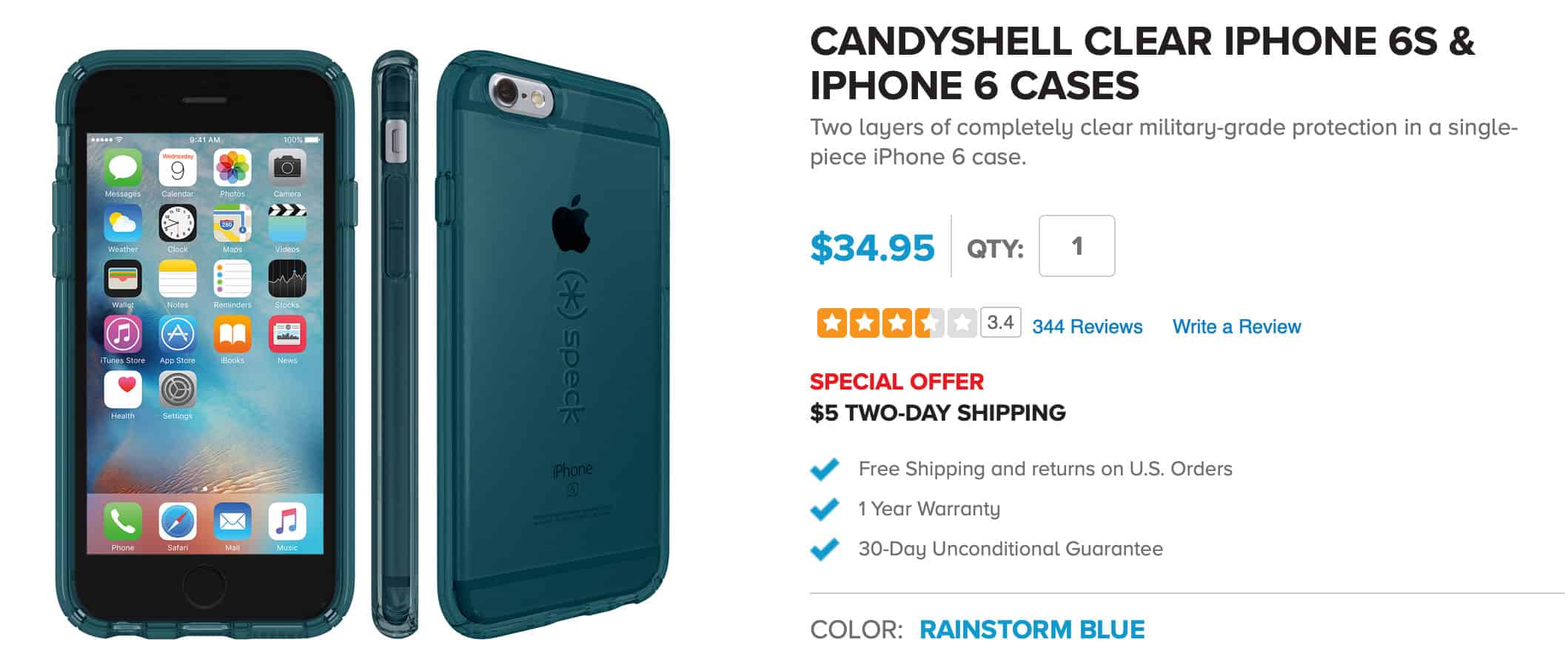
Naturally, if you’re targeting iPhone users who are looking for a new phone case, this is an easy sale — assuming the case fits their personality and budget, of course.
As they know what the product is and what it does, a detailed description isn’t necessary. A clear, good offer, like “$5 two-day shipping,” plus a little bit of social proof is probably enough to convince them to buy.
Stage 2: The Prospects Know About the Product but Don’t Yet Want It
Your prospects don’t completely understand what your product does or aren’t convinced of how well it does it. Due to the high competition in today’s markets, it is in this stage where the vast majority of products and brands lie.
Two tips to convince your visitors to make that buying decision are:
- Sharpen the Way Your Product Satisfies their Desire: Use emotional words that help your readers “see” and “feel” your product. They need to visualize themselves fulfilling that desire. “The more powerful the shopper’s fantasy of owning the product, the more likely they are to buy it,” Adds Danielle Mead on How to Write Product Descriptions to Grow Sales.
- Introduce New Proof, Details, Reviews & Testimonials: The more proof you have, the stronger your offer will be. Remember, at this stage, people don’t yet want your product. So you need to explain why your product is better than your competition’s, and arouse a buying desire among your prospects.
Here’s a marvelous example of a Stage 2 product description from Josie Maran Cosmetics — a brand that sells organic makeup and skincare products.
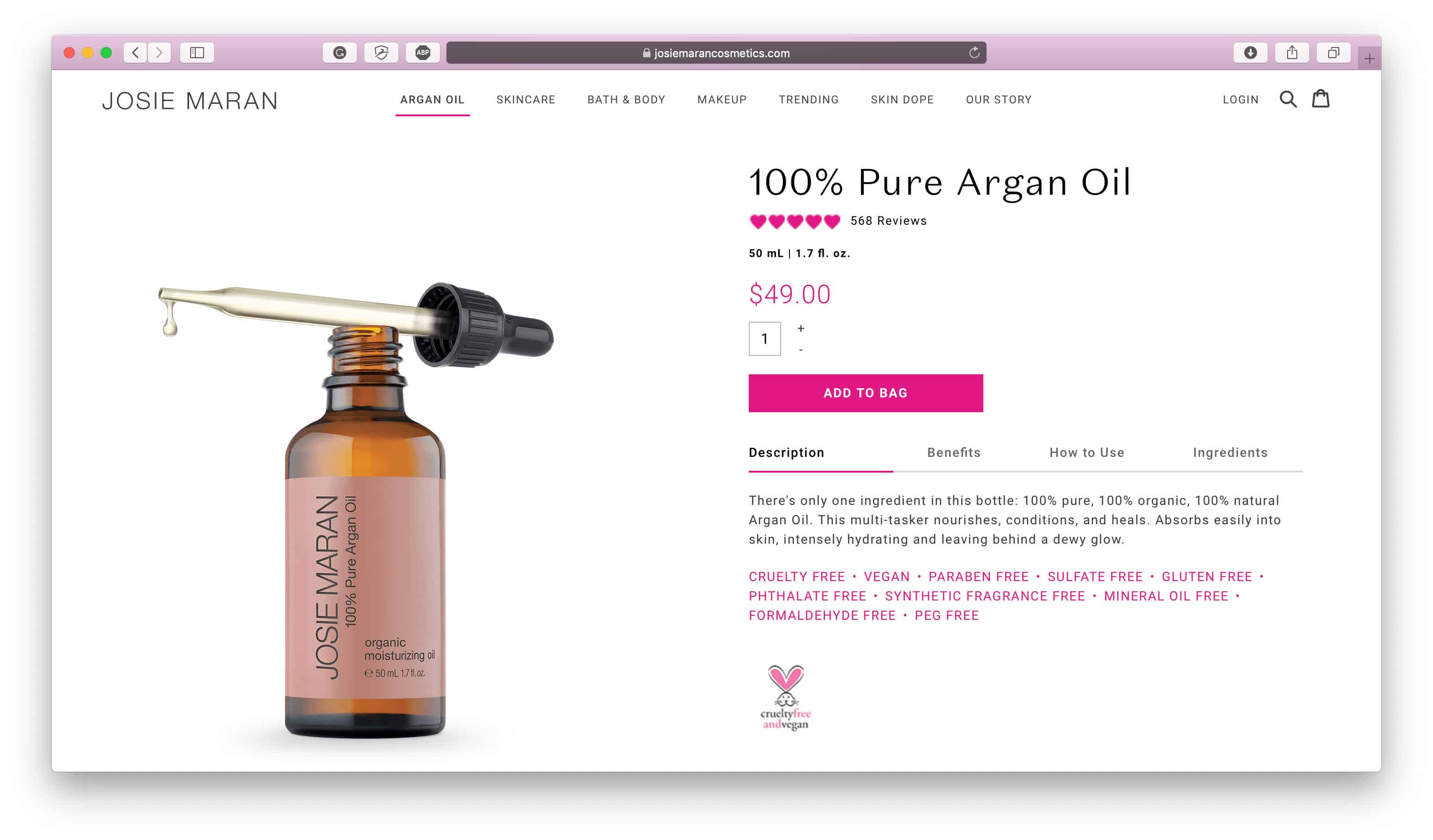
If you’re slightly familiar with the skincare industry, you’ll know it’s one of the most competitive industries in the world. According to Statista, skincare products make up 36.1 percent of the global cosmetic market so to get results, you must provide enough information to convince the prospects that your product can — and will — satisfy their desire. That’s exactly what this description contains.
Stage 3: Introduce New Products
Your prospects know they have a desire or need but don’t yet know a product that can satisfy it. Massive technological problems, science breakthroughs, health technology, and products specifically designed for current trends usually fit in this category.
The three steps to introduce a new product to your market are:
- Name the Desire & Solution: Since your prospects don’t even know that a product can satisfy their desire, starting the description with your product would be futile. Instead, you need to start by describing the problem itself and the respective solution.
- Prove the Solution Can Be Accomplished: Tell your prospects how their problem can be solved. Show them the particular mechanism that makes it possible. The more details you add, the easier your prospect will believe.
- Prove the Mechanism of Accomplishment is Contained in Your Product: Does your health product use a brand new formula nobody else is using? Tell your audience about it. Have you invented a device that transforms trash into gasoline? Great! Now show your audience how, and why it works.
One of my favorite examples for this stage is Stiltz — an online company dedicated to selling domestic lifts.
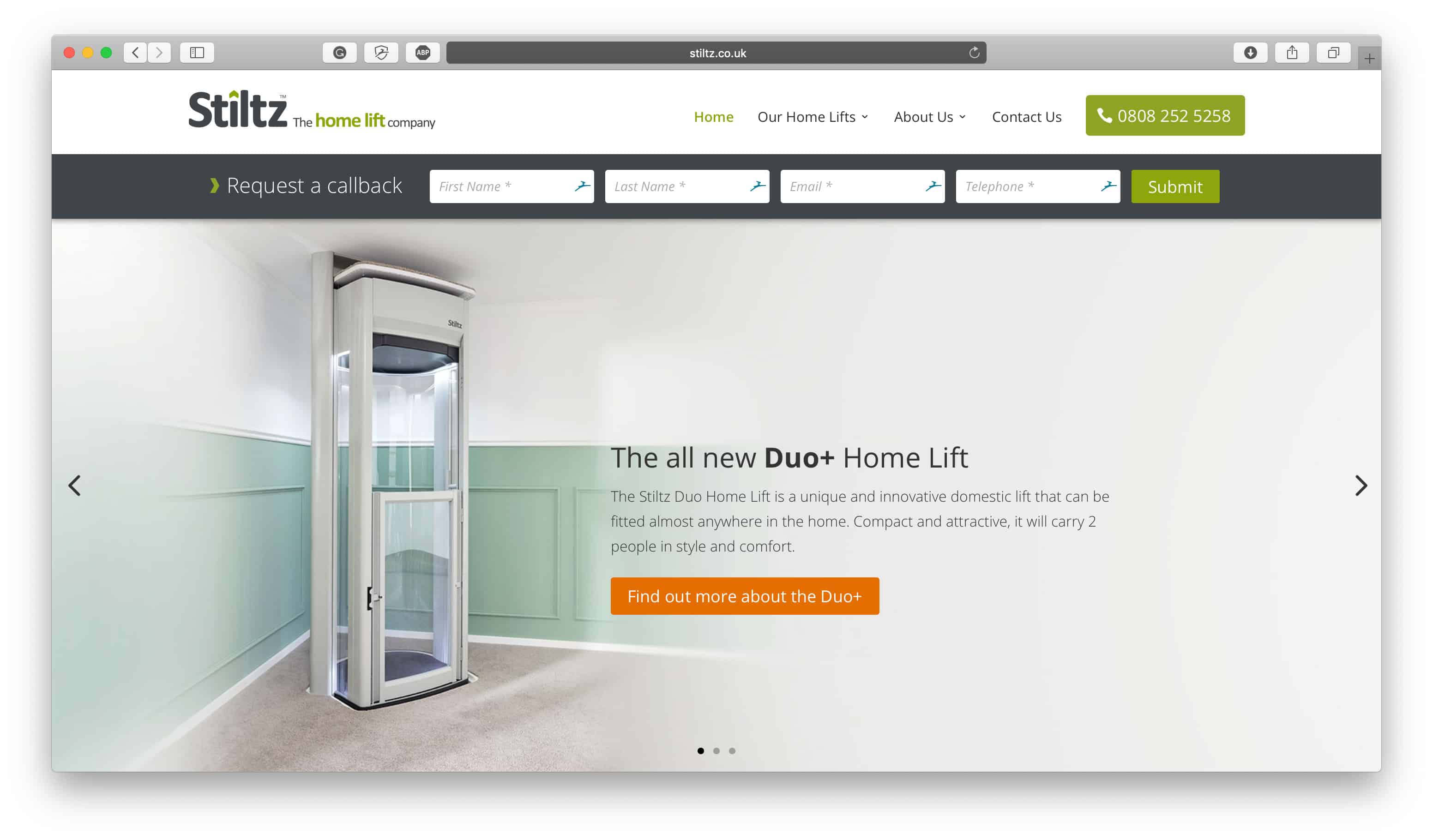
Now, instead of breaking down this description here, I’d like you to read their Stiltz Trio Wheelchair Lifts page and try to identify the three elements that make it work. If you can, print the entire page, and every time you pinpoint one of these elements, write down your thoughts on how you can apply the same principles in your own description.
Once you discover the stage of awareness your market fits in, it’s time to jump into the next step.
Product Description Ingredient # 3: Your Market’s State of Sophistication
“State of Sophistication” only means the number of similar products that have been presented to your market before yours. In simpler words, the higher your competition, the higher your market’s state of sophistication will be.
And if you’re dealing with a moderately or highly sophisticated market — which are the categories most markets fit in nowadays — gaining credibility can be a bit more challenging.
That said, let’s talk about the three most important stages of sophistication. Take a look through them and see if any of them match your product:
Stage 1: The Virgin Market
In this new stage of sophistication, your prospects haven’t seen any similar products. That is, you have no competitors and, because of it, you can use the exact same approach as in Stage 3 of market awareness. If you haven’t already, go back to that point and read it.
Stage 2: The Moderately Sophisticated Market
In this stage, your prospects have been exposed to similar claims and products, but they still believe in such claims. In this case, you should perform a competitive audit to find what your competitors are doing. What approach are they taking? How do they describe their products? What’s their angle? What claims are they making? Then, copy your competition’s strategy but make it better — outsmart it.
Stage 3: The Sophisticated Market
Your prospects have seen all kinds of claims and have been exposed to, or bought, a wide range of similar products so they find it hard to believe in new claims.
These markets are built upon permanent mass instincts, which means these markets renew themselves. New prospects continually enter the market, and old customers look for new solutions.
Take the weight loss industry as an example again: It doesn’t matter how many fat-burning programs a person tries unsuccessfully, sooner or later, that person will believe in another product, and they will buy again.
In this stage, you don’t need to find new claims, you only need to take the existing ones and make them better — make them easier, quicker, allow them to solve more problems, and overcome limitations. Don’t try to reinvent the wheel, just discover what’s already working and improve it.
Let’s emphasize this point.
The cellphone industry has been around for over 40 years. At this point, there’s probably no one in America who doesn’t know what a cellphone is, what it does, and the different types of cellphones available on the market: Basic phones, feature phones, and smartphones. This is a perfect example of a highly sophisticated market.
Now, if you wanted to introduce a new cellphone, how would you go about it? First, you’d have to perform extensive research with the hopes of finding a new selling angle, and then, if you’re lucky enough to find that angle, convince your prospects to buy, right? Wrong!
You wouldn’t need a different selling angle. You’d just need to discover the current trends in the cellphone industry — what’s already working — and improve on the already-existing claims.
If you pay attention, that’s what all cellphone companies do. If the trend indicates that people want bigger cellphones, they produce bigger cellphones. If people start asking for better megapixel resolution, companies start producing phones with a more sophisticated camera.
Again, they’re just taking the already-working claims and making them better. And this is the best approach you can take at Stage 3 of sophistication.
Conclusion
Remember, copywriting is not about the writing itself, it’s all about turning your market’s emotions, needs, and desires into words and now you have the perfect recipe to do it.



